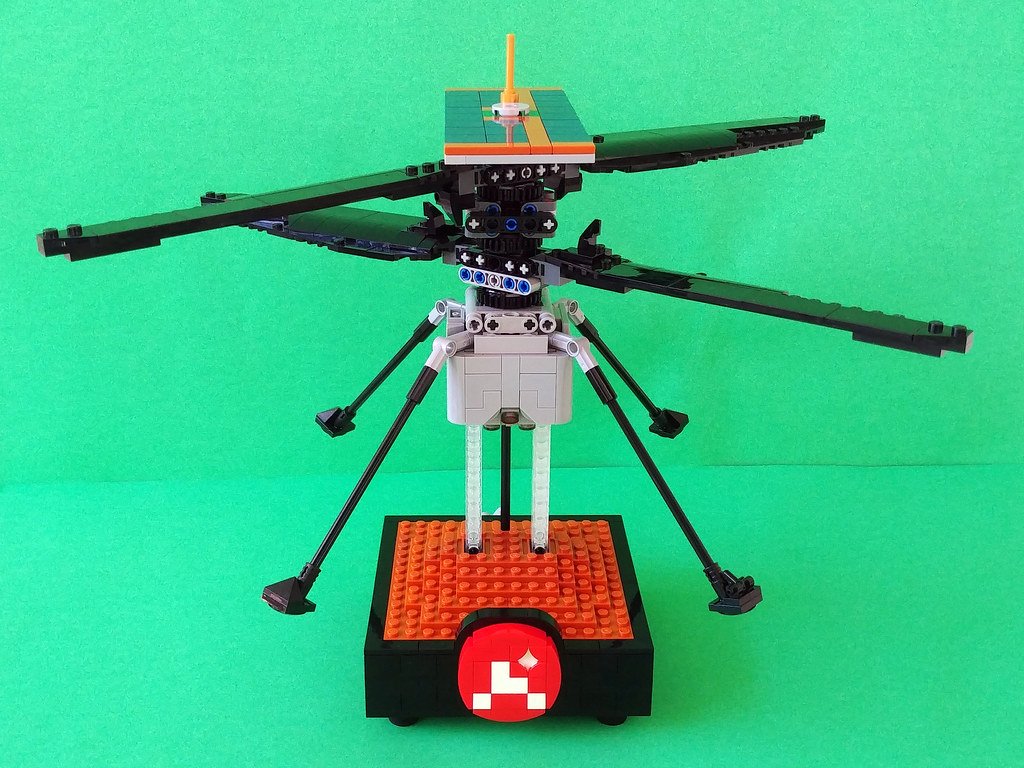On a chilly Martian morning in April 2021, something miraculous happened: a tiny helicopter named Ingenuity spun its blades and lifted off from the rusty surface of Mars. Against all odds—and defying centuries of Earth-bound aviation wisdom—this 1.8-kilogram robot became the first aircraft to achieve powered, controlled flight on another world. It didn’t just hover; it danced in an atmosphere so thin, it would make Earth’s highest mountaintops feel positively tropical. The mission was a gamble, a moonshot, a triumph of human curiosity and engineering. But what has Ingenuity really taught us about flying in thin atmospheres? The answers are as surprising as they are inspiring.
The Challenge of Martian Air
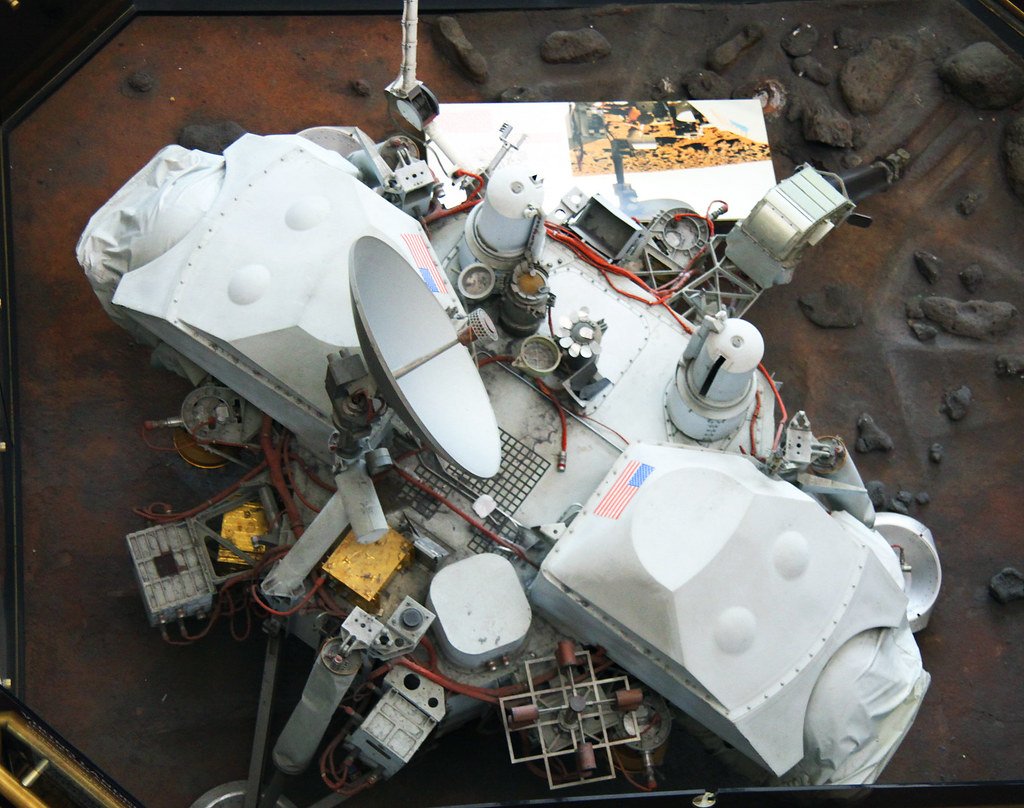
Mars is a world where the air is nearly absent—its atmosphere is just 1% as dense as Earth’s. For aviation, that’s like trying to fly a drone at 100,000 feet above sea level. On Earth, helicopters rely on pushing against thick air to generate lift. On Mars, Ingenuity faced a daunting problem: how do you fly when there’s almost nothing to push against? Engineers had to rethink everything, from blade length to rotation speed. The helicopter’s dual rotors spin at an astonishing 2,400 revolutions per minute, about five times faster than a typical Earth helicopter. This extreme adaptation was critical just to get off the ground.
Designing for the Impossible
Building Ingenuity meant rewriting the rules of aerodynamics. The team at NASA’s Jet Propulsion Laboratory had to make every gram count. The helicopter’s parts were painstakingly chosen—its carbon-fiber rotor blades are long, slender, and feather-light. The body itself looks almost like a mechanical dragonfly, with delicate legs and a tiny solar panel perched on top. Every design choice screamed efficiency: less weight, more power, and maximum resilience. If any component failed, Ingenuity would become just another Martian artifact.
The Power of Lightweight Engineering
Ingenuity’s success has taught scientists the immense value of lightweight engineering. On Mars, every extra gram is a burden, both for the helicopter and the rocket that delivered it. Ingenuity’s structure is a marvel of minimalism, combining strength and featherlight materials to ensure survival in the harsh Martian environment. Its frame is made of carbon composite, its landing legs of flexible titanium, and its microelectronics are shielded against brutal cold. This philosophy—do more with less—will shape future designs for both Mars and extreme environments on Earth.
Adapting to Temperature Extremes
Night temperatures on Mars plunge to minus 90 degrees Celsius, threatening to freeze batteries and electronics solid. Ingenuity’s team devised clever insulation systems and kept the helicopter’s computer in a constant low-power “survival mode.” Every night was a test of endurance—would Ingenuity wake up at sunrise, or become a frozen relic? The helicopter’s repeated survival taught engineers valuable lessons about thermal management in low-pressure, frigid worlds. These insights are already influencing the next generation of space-faring robots.
Autonomous Flight: Navigating Without Human Help
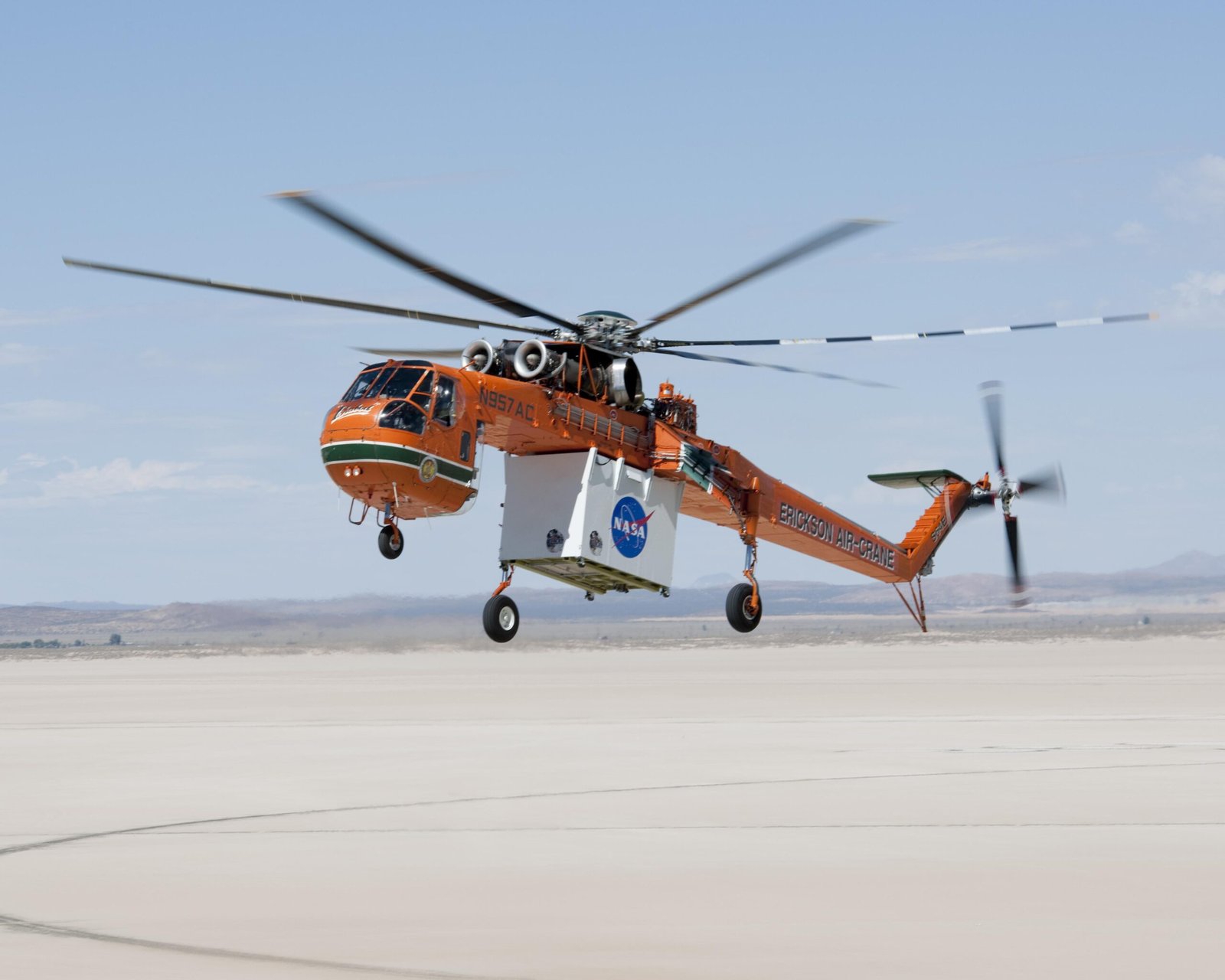
Mars is far away—so far that radio commands from Earth take up to 20 minutes to arrive. That means Ingenuity had to think for itself. Its tiny onboard computer, with less power than a modern smartphone, handled all flight decisions in real time. It read the Martian landscape, kept itself upright, and responded to unexpected winds—all without waiting for instructions from home. This push for autonomy marks a giant leap for robotic explorers, showing that smart machines can handle the unknown, even on alien worlds.
Overcoming Unpredictable Winds
Martian winds are tricky. They can whip up suddenly, carrying dust and changing direction in an instant. Ingenuity’s sensors constantly monitored local weather, adjusting its flight path to avoid disaster. Sometimes, the winds were so strong that flights had to be postponed or rerouted. Each flight became a lesson in humility, reminding engineers that Mars is unpredictable and relentless. The data collected on wind patterns has deepened our understanding of Martian weather and will help future missions plan safer landings and flights.
Mastering Landing and Takeoff on Uneven Terrain
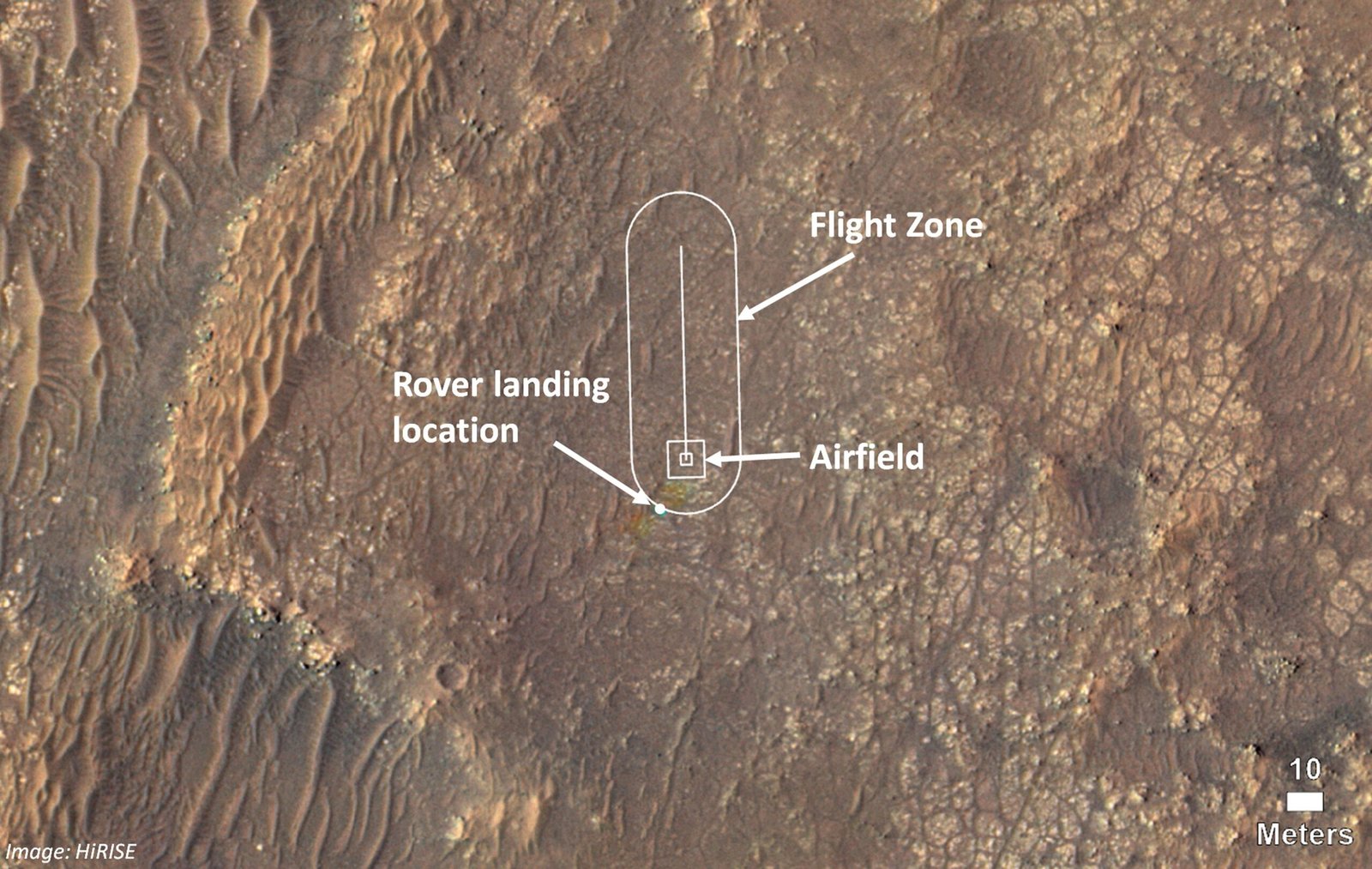
Mars is not a flat runway. Its surface is littered with rocks, sand dunes, and hidden slopes. Ingenuity’s landing gear had to handle these challenges, absorbing shocks and keeping the helicopter upright even on tricky ground. The helicopter’s downward-facing camera helped it find the best landing spots—sometimes with only seconds to spare. These experiences proved that even in the most alien environments, careful planning and nimble hardware can overcome daunting obstacles.
Navigation Without GPS
On Earth, drones use GPS to know exactly where they are. On Mars, there’s no such luxury. Instead, Ingenuity used a mix of visual odometry and a laser altimeter. Its cameras snapped images of the ground, and software measured movement by comparing features from one photo to the next. This “dead reckoning” navigation worked surprisingly well, even as the landscape shifted below. Ingenuity’s success has opened new doors for autonomous navigation in places where GPS simply doesn’t exist.
Solar Power in a Dusty World
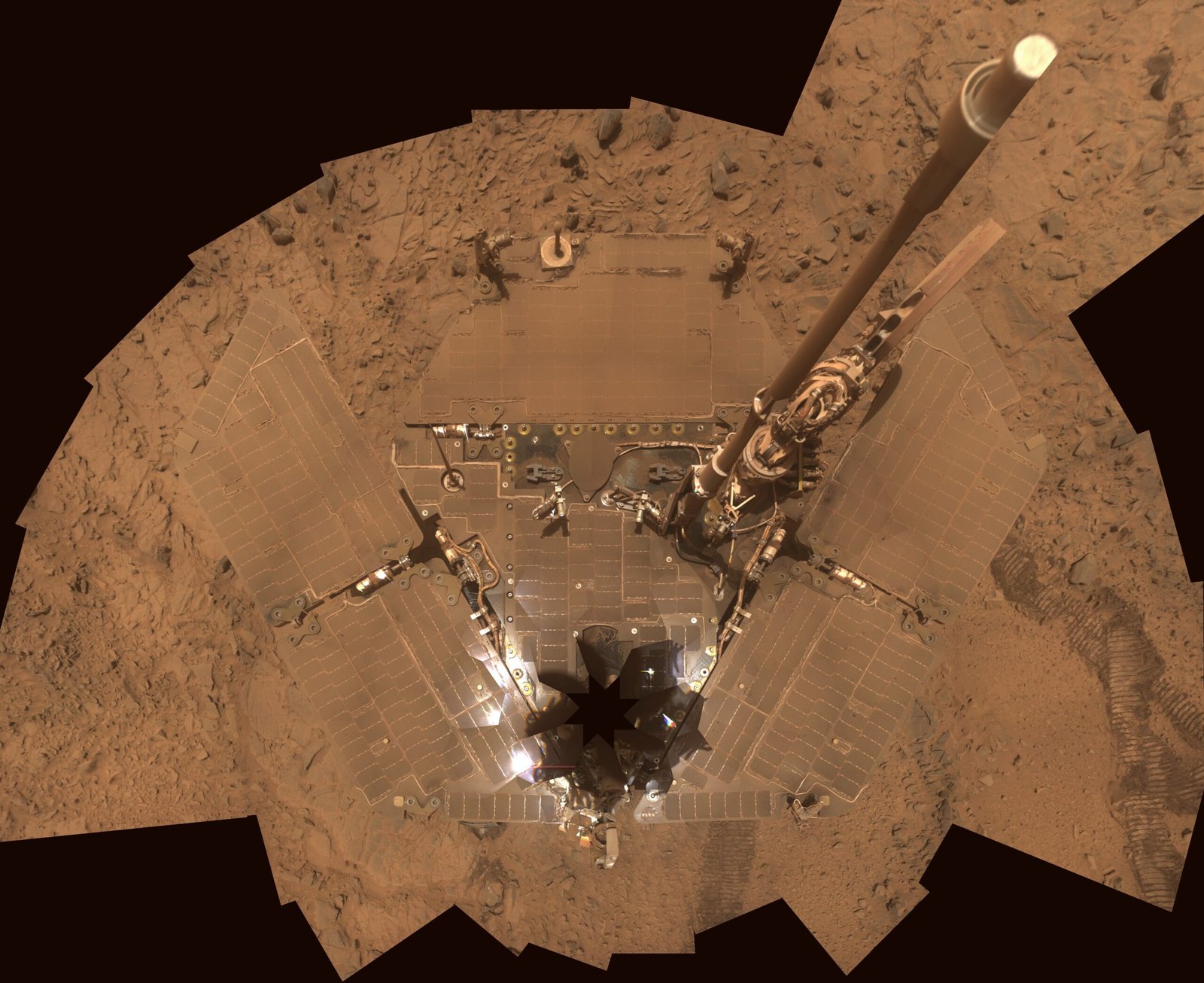
Ingenuity runs entirely on solar energy. Its tiny panel charges a battery during the day, powering flights and keeping the helicopter warm at night. But Mars is a dusty place, and solar panels often get coated with fine red grit. Ingenuity’s design had to account for this, maximizing efficiency and ensuring enough power for critical systems. Watching Ingenuity thrive in such conditions has boosted confidence in solar-powered exploration, proving that even small robots can survive and operate far from home.
Communication Challenges Across Planets
Every status update from Ingenuity had to bounce from Mars, to the Perseverance rover, to an orbiting satellite, and finally to Earth. This relay system was a marvel of coordination and patience. Engineers learned to cope with delays, missed signals, and the constant threat of losing contact. Each successful communication was a small victory and highlighted the importance of robust, redundant systems for deep-space exploration. The lessons learned will make future missions more resilient and responsive.
Expanding the Frontiers of Aerial Exploration
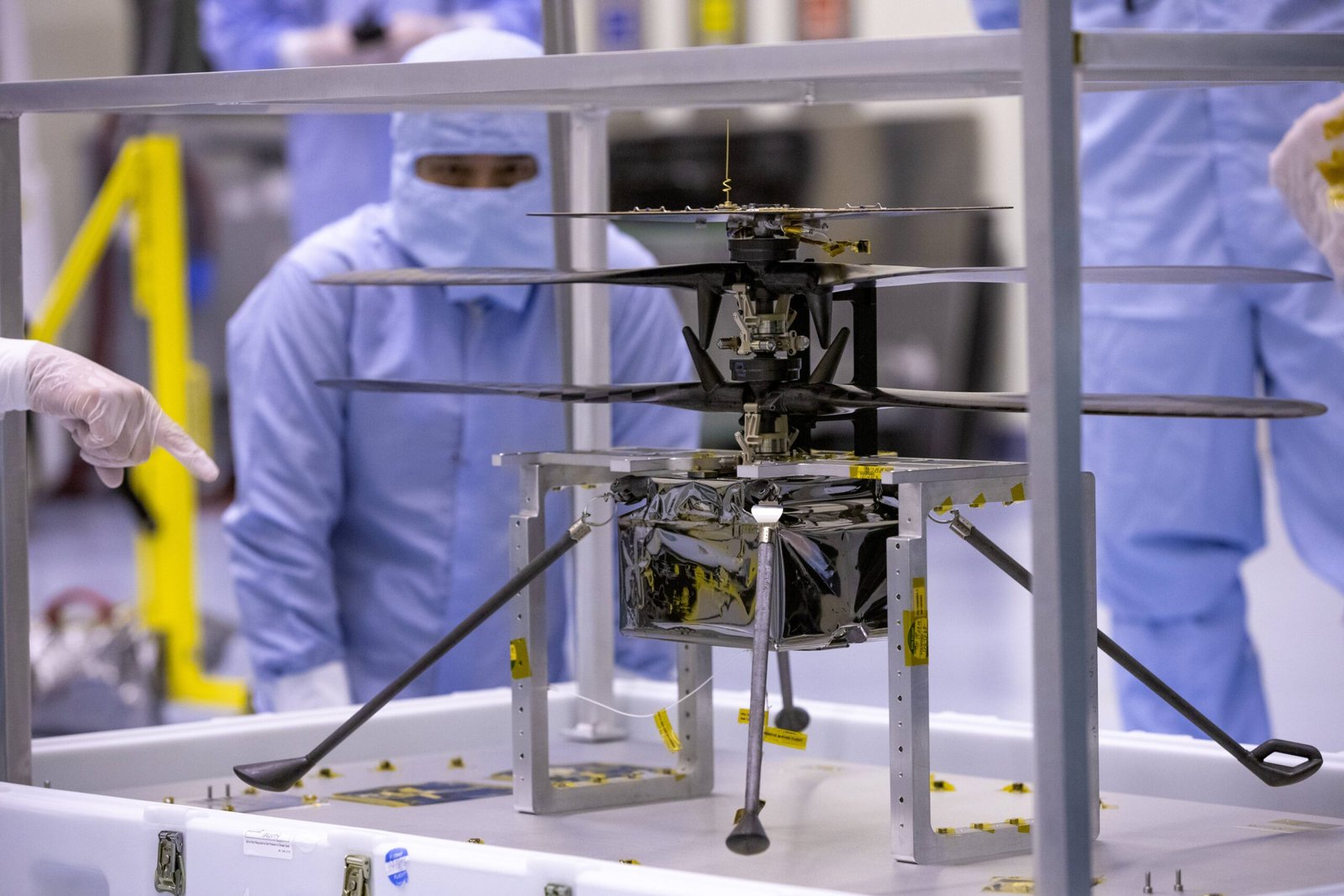
Before Ingenuity, the idea of aerial exploration on another planet was just a dream. Its successful flights have rewritten what’s possible. Now, scientists are imagining fleets of aerial scouts, mapping canyons, hunting for signs of life, and reaching places landers can’t go. The technology could one day deliver samples, scout ahead for astronauts, or even explore the thin atmospheres of moons like Titan. Ingenuity has opened the skies, and there’s no turning back.
Testing New Materials in Alien Conditions
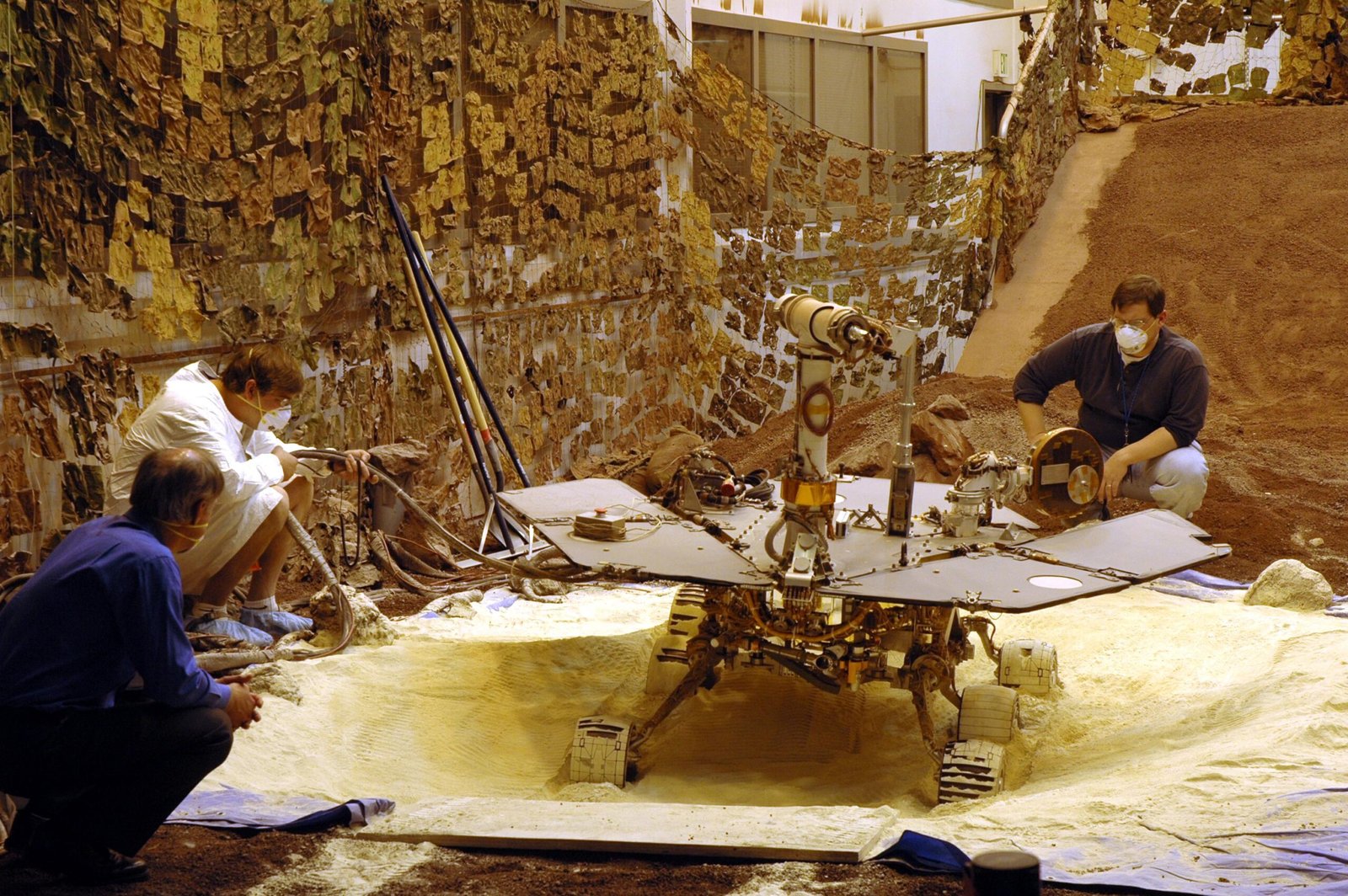
Mars is a tough place for materials—its dust is abrasive, its temperature swings are brutal, and its radiation is intense. Ingenuity served as a flying laboratory, testing coatings, lubricants, and composites under real Martian conditions. Engineers have already noticed which materials fared best, which wore down, and which exceeded expectations. These findings are shaping material science for future missions, both robotic and human.
Understanding Martian Dust Hazards

Every flight kicked up clouds of Martian dust, coating Ingenuity’s legs and rotors. This provided firsthand data about how fine particles behave in the thin atmosphere. Scientists watched as dust settled, clung, or drifted away—sometimes in surprising ways. These observations are vital for designing future explorers, as dust can jam moving parts, block sensors, and erode surfaces. Ingenuity’s dusty adventures have made it clear: survival on Mars means respecting the power of its ever-present soil.
Learning From Flight Failures and Glitches
Not every flight was smooth. Ingenuity experienced unexpected roll moments, sensor errors, and even communication dropouts. Each hiccup was an opportunity to learn. Mission controllers adapted software, adjusted flight plans, and sometimes held their breath during tense moments. These challenges reinforced the value of flexibility, rapid response, and learning from mistakes—a mindset that’s essential for all deep-space missions.
Setting New Records in Exploration
Ingenuity didn’t just fly; it shattered records. Each flight pushed higher, farther, and faster than the last. The helicopter mapped new terrain, captured stunning images, and even scouted ahead for the Perseverance rover. Each achievement was a first-of-its-kind, expanding the boundaries of what robotic explorers can do. Ingenuity’s record-breaking runs have inspired a new generation of engineers and dreamers.
Building Trust in Robotic Autonomy
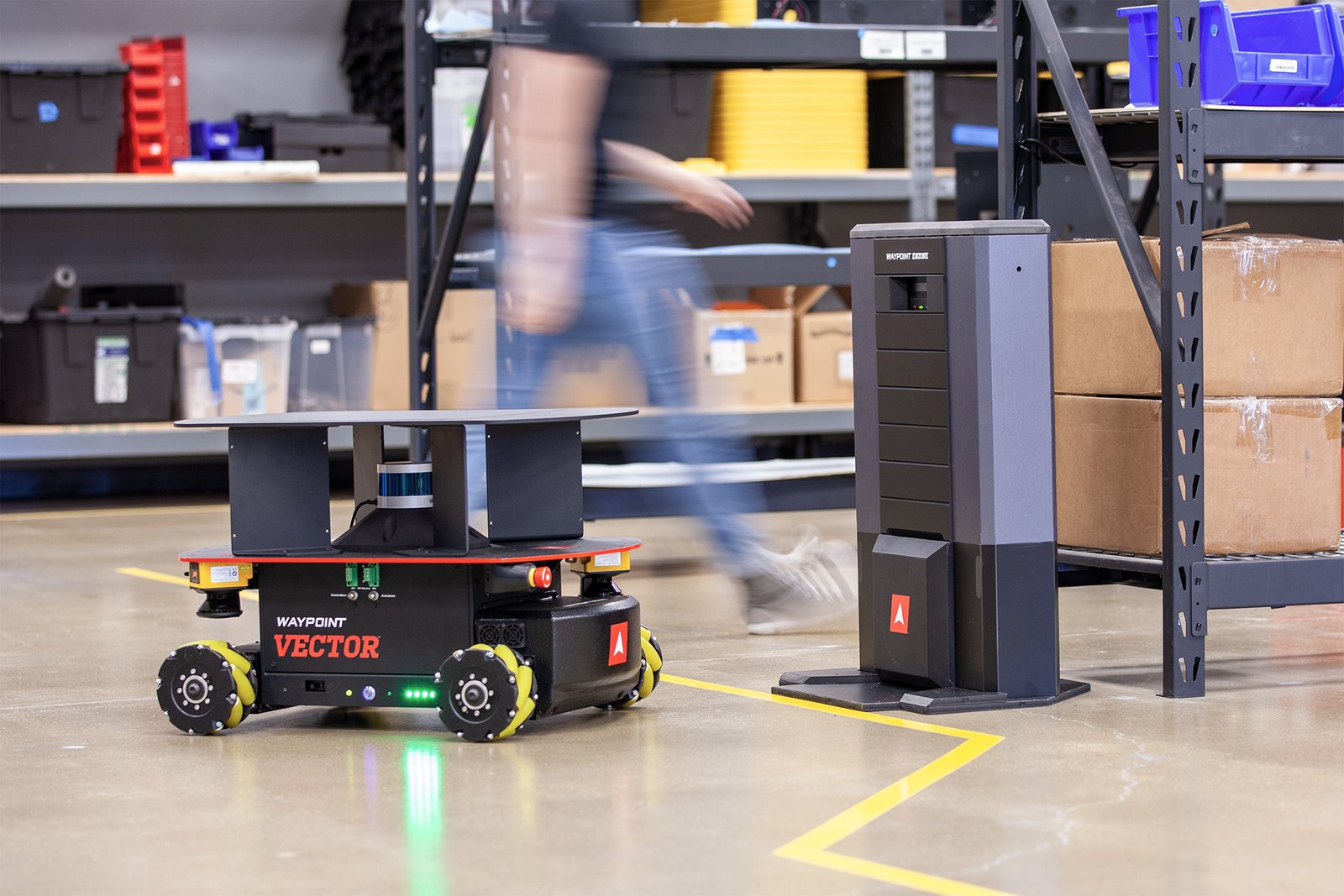
With every successful mission, Ingenuity built trust—not just in its own abilities, but in the power of autonomous robotics. These lessons are echoing across NASA, the European Space Agency, and private space companies. Engineers now have hard proof that smart machines can handle complex, risky tasks without constant human oversight. This confidence will accelerate the development of intelligent robots for the Moon, Mars, and beyond.
Fueling Public Fascination and Wonder
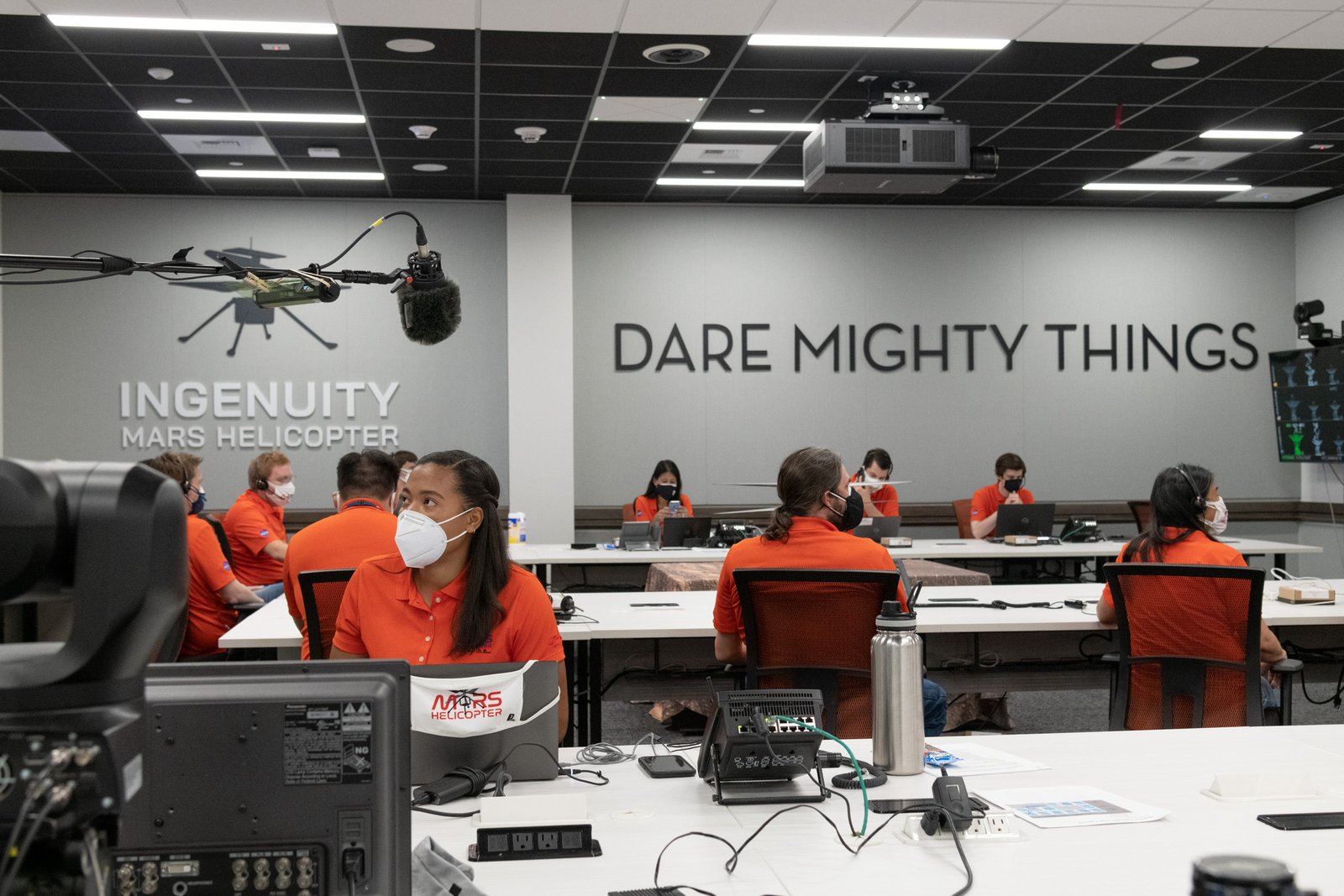
Ingenuity’s flights captured the world’s imagination. Millions watched as this tiny helicopter soared above another planet, breaking barriers and making history. Its achievements became a beacon of hope, showing what’s possible when curiosity and ingenuity come together. People of all ages, from schoolchildren to seasoned scientists, found themselves cheering for a robot half a world away. Ingenuity’s story proves that exploration is not just a scientific endeavor—it’s a deeply human one.
Guiding the Future of Mars Missions
Thanks to Ingenuity, future Mars missions will look very different. Engineers are already planning new aerial vehicles, inspired by its successes and informed by its failures. These next-generation fliers will carry better cameras, more sensors, and longer-lasting batteries. The goal: to unlock even more of Mars’s secrets, faster and more efficiently than ever before. Ingenuity’s data and experience are the foundation for this bold new chapter.
Inspiring Earth-Based Innovations
Ingenuity’s triumphs aren’t just for Mars—they’re changing how we think about flight on Earth. The lessons learned about lightweight design, energy management, and autonomous navigation are influencing next-generation drones for disaster response, wildlife monitoring, and remote exploration. Technologies tested on Mars are finding their way into everyday life, making our own planet a little more accessible and connected.
Redefining the Possible
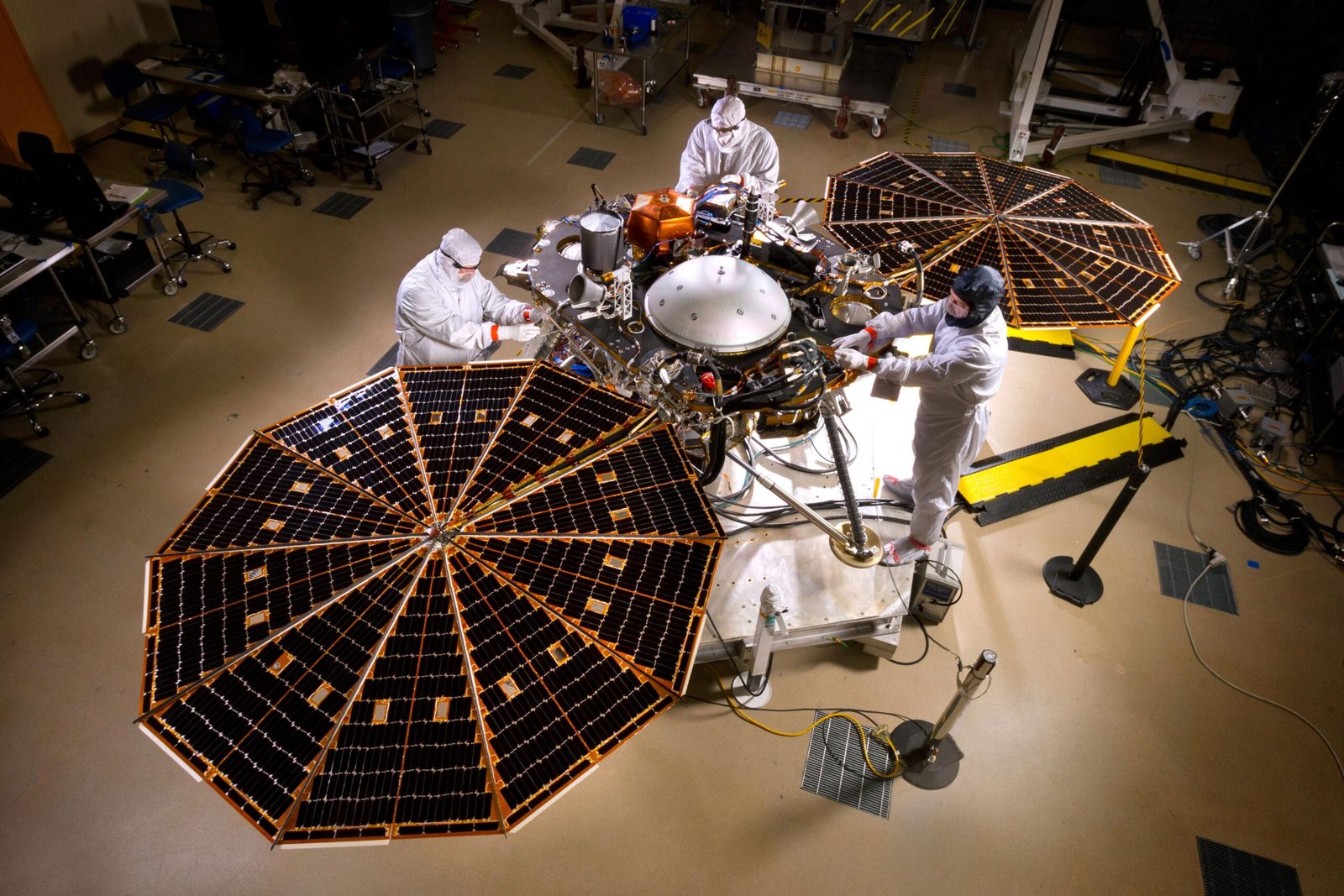
Perhaps Ingenuity’s greatest lesson is this: the impossible is sometimes just the untried. When the helicopter first lifted off, it challenged the laws of flight as we knew them. Its journey is a testament to the power of bold ideas, meticulous engineering, and the willingness to take risks. Ingenuity has not only explored Mars—it has redefined what’s possible for all of us.

